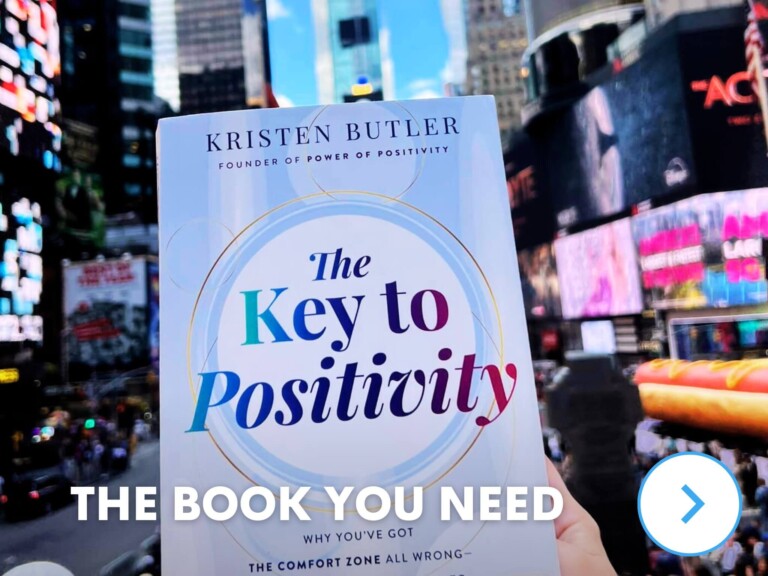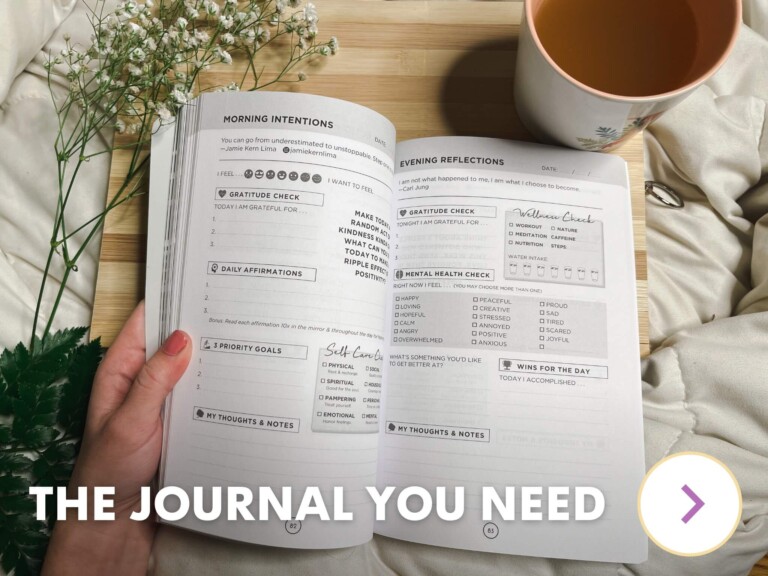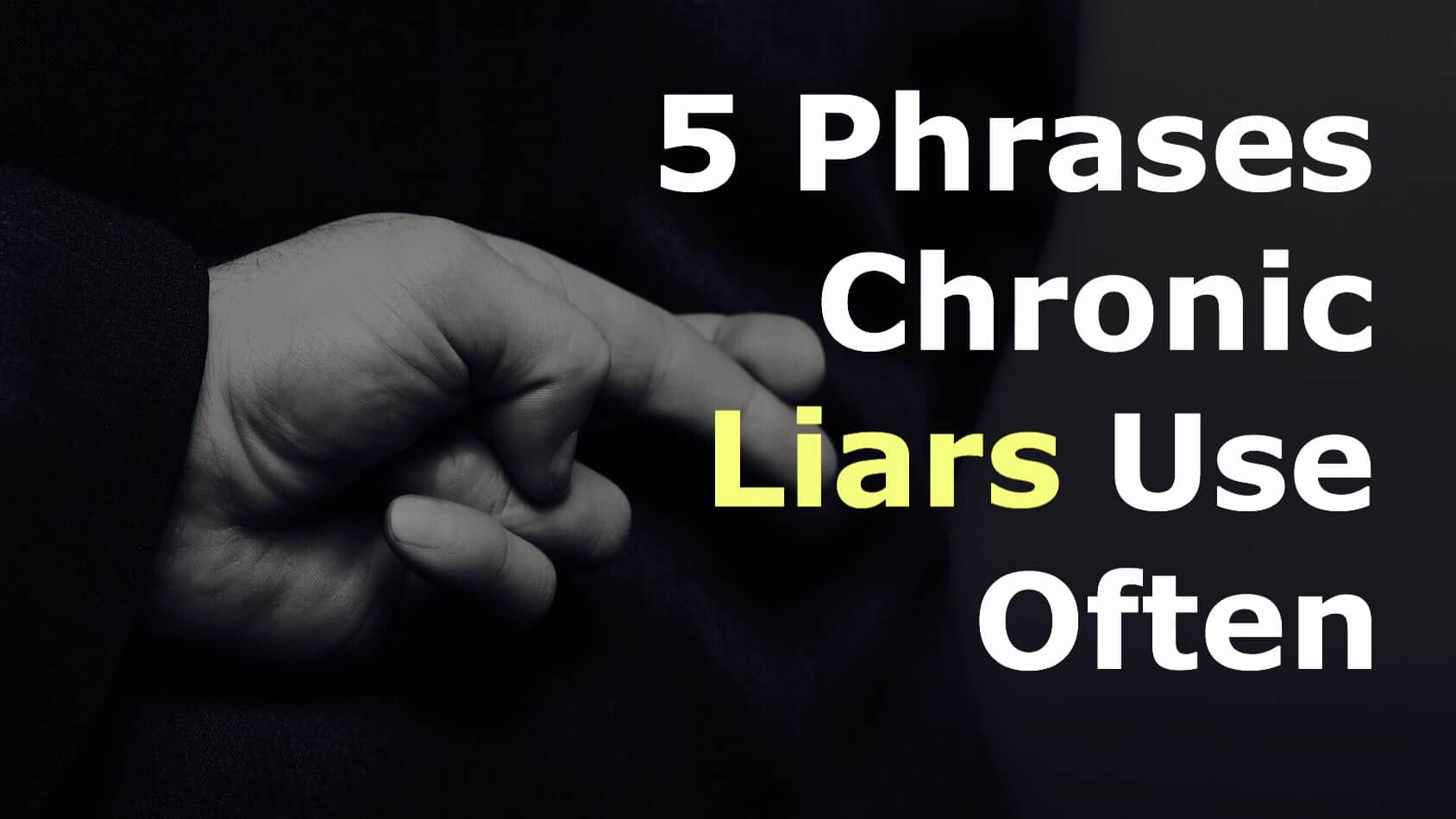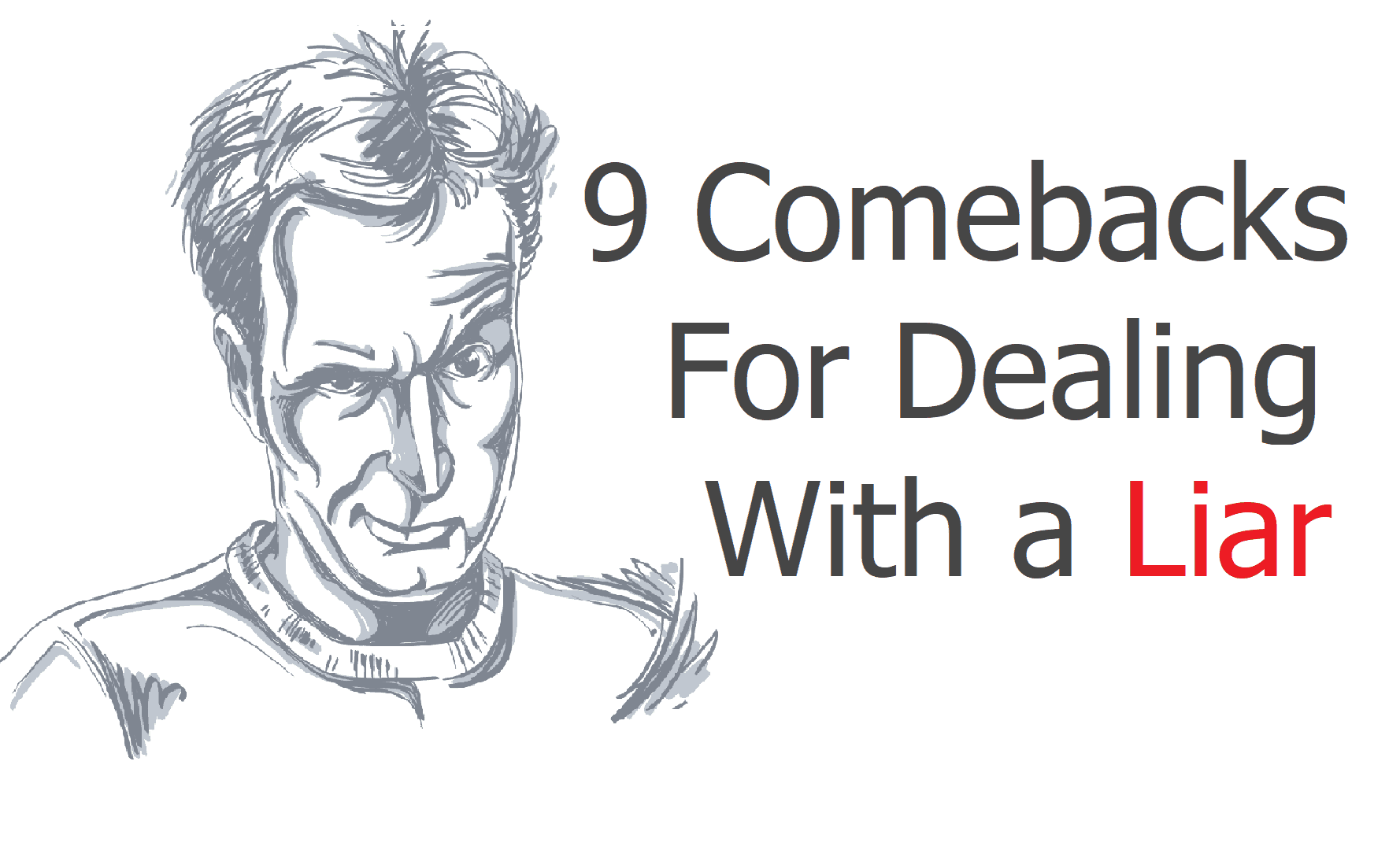The cycle of violence, power, and control in domestic abuse is tough to break out of. The way that a toxic relationship with a partner or family member is structured can quickly trap you inside of it.
Are you trapped in an abusive situation? Then know that you’re not alone and that you deserve better. And, more importantly, know that you can get out. Here are four practical ways to break the cycle of violence, power, and control.
1. Beware The Honeymoon Phase in the Cycle of Violence
Each cycle of violence in domestic abuse has four similar stages. These phases, which have been the subject of much research over the years, make the violent relationship somewhat predictable. If you’re trying to break free from the cycle, you need to make sure you’re aware of each stage and what trappings to avoid. These phases are:
· Stage One: Building Tension
During this time, the stressors of life get to the abuser. These stressors can come from anywhere and everywhere, from work problems to fatigue and from adverse life events to illness. Regardless, an abuser doesn’t know how to manage or process this stress in a healthy way. This causes them to become increasingly aggressive and irritable, even hinging into paranoia, as they bottle up their feelings or lash out. In this stage, you might begin to feel uncomfortable and worried, feeling guarded. This mindset can cause you to do everything possible to appease the abusive individual, catering to even their most unreasonable demands.
 ·
·
Stage Two: Incident
This event is the incident of abuse. All the tension, as mentioned earlier, rushes out and erupts in domestic violence. This can take many forms, from physical aggression to emotional manipulation. The point is that the actions of an abuser in this situation will be harmful. They’ll mistreat you, and you may even feel that you’re to blame for what happens.
· Stage Three: Reconciliation
The incident eventually ends, and a honeymoon phase begins. The abuser, attempting to make up for their actions or cover up their behavior, will suddenly behave with extreme affection. You’ll receive gifts, compliments, and gentle, kind treatment. This results in a rush of positive hormones that get released, making you feel happy and hopeful for the relationship’s improvement.
· Stage Four: Calm
As the honeymoon phase of reconciliation slowly ends, an abuser will continue to refuse to acknowledge their behavior. They’ll deny what happened or refuse to talk about it. If they apologize, they will do so only to keep the peace and not do so genuinely. They may minimize their behavior, make several excuses, transfer responsibility to you, or imply that you’re sensitive. They can be very good at sounding sincere at this moment, even making you question what happened. You may doubt yourself and the abuse. This calm will stay for a while until tensions rise again.
The most dangerous of these phases is the reconciliation stage or the honeymoon phase. Many people are coaxed into forgiveness because of the insidious love-bombing that happens here. You will suddenly receive so much love and affection, especially of a kind that you haven’t had much of previously. It’ll make you feel amazing and loved – but you have to remember that it’s part of the cycle of violence you need to break.
Don’t fall for niceness or kind treatment after receiving abuse, especially if it’s part of this recurring cycle. The abuser is trying to keep you quiet and make you stay. And don’t believe in any gaslighting, minimizing, or rationalizing of the abuse. That includes the rationalizing that you might do in your mind to convince yourself that everything is okay.
2. Start Planning To Leave the Cycle of Violence
The best way to stop the cycle of violence is to leave the violent relationship in question. But that’s not always easy, and many toxic relationships have dynamics inherently tricky to escape. You might be financially dependent on an abuser or be afraid for your life if you leave. You might have been isolated from your friends, therefore having nowhere to turn to.
But there are still some things you can do to plan to leave. Doing so will also help to give you hope that you can escape the cycle of violence and domestic abuse. Here are some steps to start planning:
· Get Help
There are numerous centers dedicated to aiding survivors of domestic violence. Contacting them can garner you various services, such as counseling, job training, childcare, and financial aid, that may help you. Their assistance can be valuable in breaking the cycle of violence. When contacting them, try to avoid being tracked by the abuser. Use a work computer, browse in a private tab, and use payphones.
· Arrange Shelter
When you leave, you’ll need somewhere to go. It’s essential to have somewhere to stay arranged. If not, you might end up having no choice but to go back. Try to save up to stay at a motel for a few nights while you seek more permanent options. You can also arrange to move in temporarily with friends, family, or other loved ones who you know are safe and will be on your side. You can also turn to social organizations, such as shelters for the abused or religious organizations.
· Set Aside Money In A Secret Account
Is financial independence an issue for you? Set up a secret bank account using a post office box as a private address if you can. You can also opt to ensure your bank only sends bills and other information to a personal email address. This action can allow you to slowly but surely build up enough money to leave. The US Office on Women’s Health highly recommends this. If this is not possible, try to get a loan from a loved one.
The moment you feel it is safe to leave, do so. It’s a good idea to do this when your abuser won’t be around and won’t be able to stop you. Gather the essential documents, supplies, items, and contact numbers. This preparedness means you should have your wallet, keys, identification items, changes of clothes, and shelter numbers. Make sure you leave no indication of where you’ll be going.

3. Protect Yourself From Continuing The Cycle of Violence
One of the essential parts of breaking the cycle of violence is staying protected. Abusers can be unpredictable when they realize you’re trying to leave or have left. This makes them dangerous, and you have to keep yourself safe. Even abusers who aren’t physically aggressive can find ways to get you back into their lives with power and control. Here are some ways to stay protected:
· Block The Abuser Everywhere
Allow absolutely no contact from your abuser. It takes only one crack for them to continue the cycle of violence. Block their number, social media, and email addresses. Set your social media accounts to private so your abuser can’t make a new account to stalk you. Screen unknown numbers so they go to voicemail. Block anything suspicious. If you don’t know how to block people on various social media or contact methods, Google can help you!
· Change Passwords And Locks
If you remain at a personal home while breaking the cycle of violence, change all your locks. Please don’t allow your abuser to find their way in. It would help if you also changed the passwords on your social media and email accounts so your abuser can’t sneakily find out what you’re up to. Even if you think they don’t have your keys or password, do this anyway. There’s a good chance they would have duplicated a key or learned a password without your knowledge.
· Consider Getting A Burner Phone
Most smartphones can be tracked using lost-phone-finding apps and features. Purchasing either a prepaid phone lets you make essential calls without being found or followed. If you don’t have a smartphone, you should still consider changing your phone number so your abuser can’t contact you.
· Get A Court-Backed Legal Document
There are a few types of documents you can use to prevent an abuser from contacting you legally. This includes Personal Protection Orders and Restraining Orders. It’s a good idea to look up what will be involved in getting each one, so you don’t get overwhelmed by their requirements.
4. After You Break The Cycle Of Violence, Take Time For Self-Care
To break the cycle of violence, you must break your cycles. A toxic relationship of any kind can ruin your self-esteem and confidence. You may even feel guilty every time you try to put yourself first.
But the strength you had before the relationship still lies within you. If you build on it, you’ll be able to recover stronger and wiser. Research shows that learning to live for yourself again is central to the healing process. Eventually, most survivors no longer consider themselves victims and can move on.
What’s also important about this is avoiding repeat incidents of the same cycle repeating itself. Many individuals who escape violent relationships could end up in a new cycle of violence due to poor attachment styles. It’s essential to take some time to work on yourself first after leaving an abusive situation. Here are some tips for building yourself up again with:
- Spend time with those who love and support you and can build up your self-esteem.
- Don’t ruminate for too long on the past; look forward to the future.
- Make plans and goals for the future that keep you motivated.
- Plan one thing to look forward to every single week, so you stay energized.
- Take care of your physical body and health by sleeping enough, eating balanced meals, and exercising.
- Buy yourself something nice that you’ve wanted for a while.
- Prioritize self-care and perform daily acts of self-love.
- Make time for hobbies and things you did before the relationship.
- Dressing up for yourself in a way that you like.
- Joining support groups for survivors of the cycle of violence.
- Keep busy and stay distracted with positive and productive behaviors.
Don’t forget that you can also seek professional help through therapy. Domestic violence is traumatizing, and a professional can teach you some tools that will aid your recovery. They can also ensure you stay on track during your healing process.
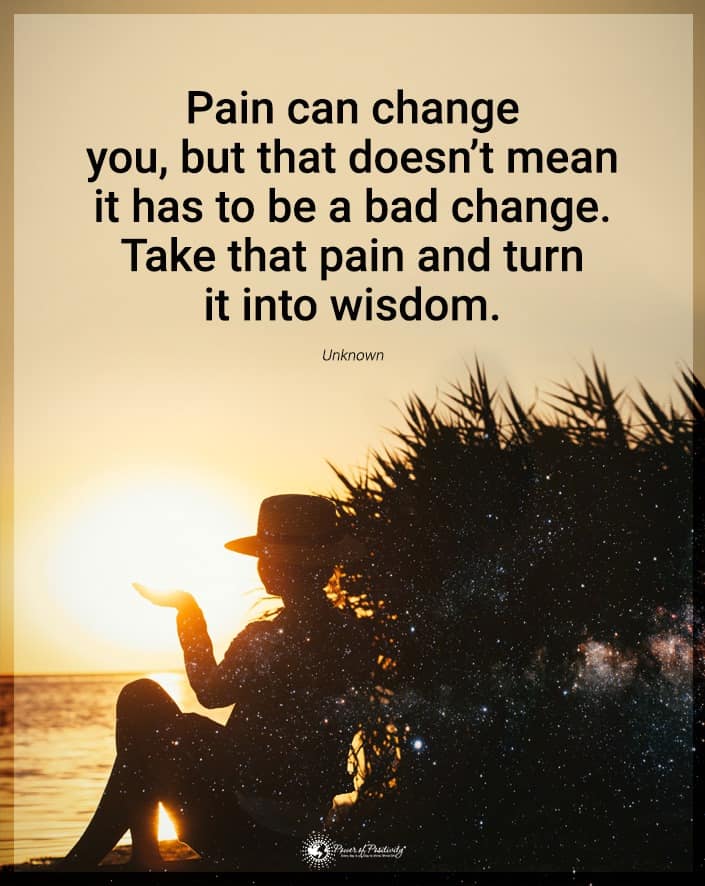
Final Thoughts On Some Effective Ways To Break The Cycle Of Violence, Power, And Control
The cycle of violence can often feel deadly and inescapable, but it isn’t. Understand the cycle of violence, plan to leave, protect yourself, and build yourself up again. Remember, you deserve better than to be trapped in a toxic and abusive environment, and you have the strength to break free. Things will get better, and you can take the first steps to plan your escape now. The path to safety and a better life is possible, and taking that first step can set the wheels of change in motion.
On the other hand, facing accusations of domestic violence brings its own set of challenges. Domestic violence charges and their penalties vary widely, ranging from a few months to several decades in prison, depending on the severity of the offense. This makes securing the right legal representation critical to ensuring a fair outcome.
A skilled criminal defence attorney, like those at https://www.defencelawyersvic.com.au/, can provide the expertise and support needed to navigate these complex cases. From understanding the nuances of the charges to building a strong defense, having a knowledgeable advocate by your side can significantly impact the outcome. Whether you are a victim seeking justice or someone facing allegations, the right legal guidance can make all the difference.





